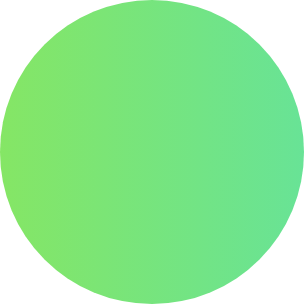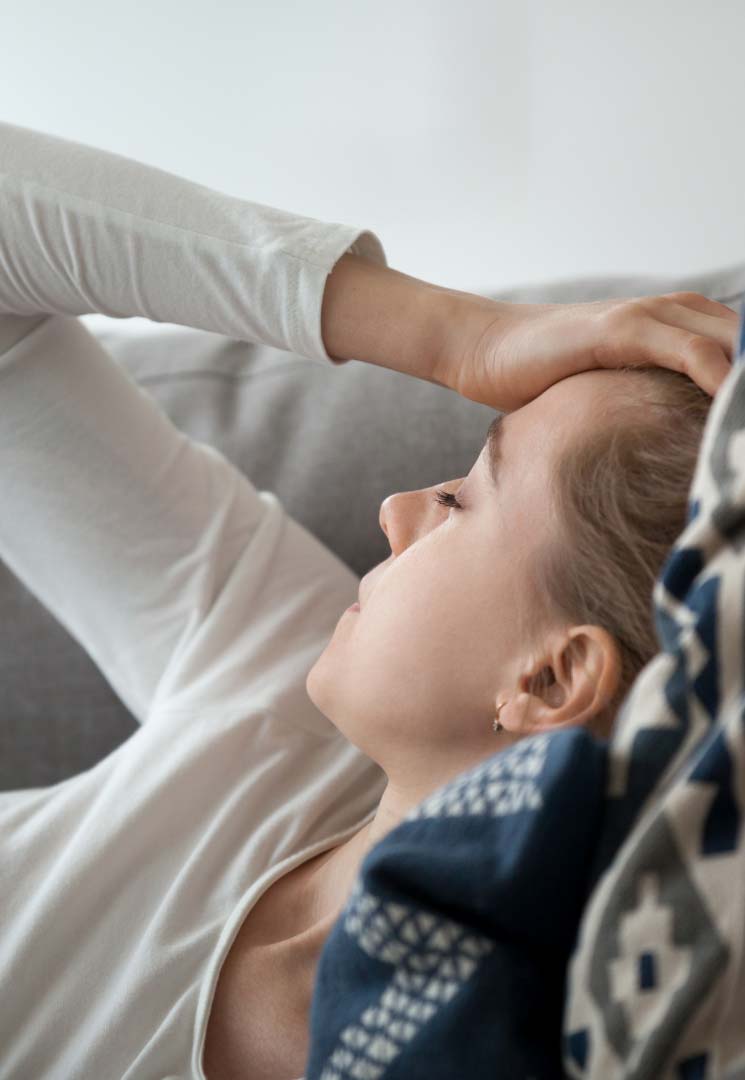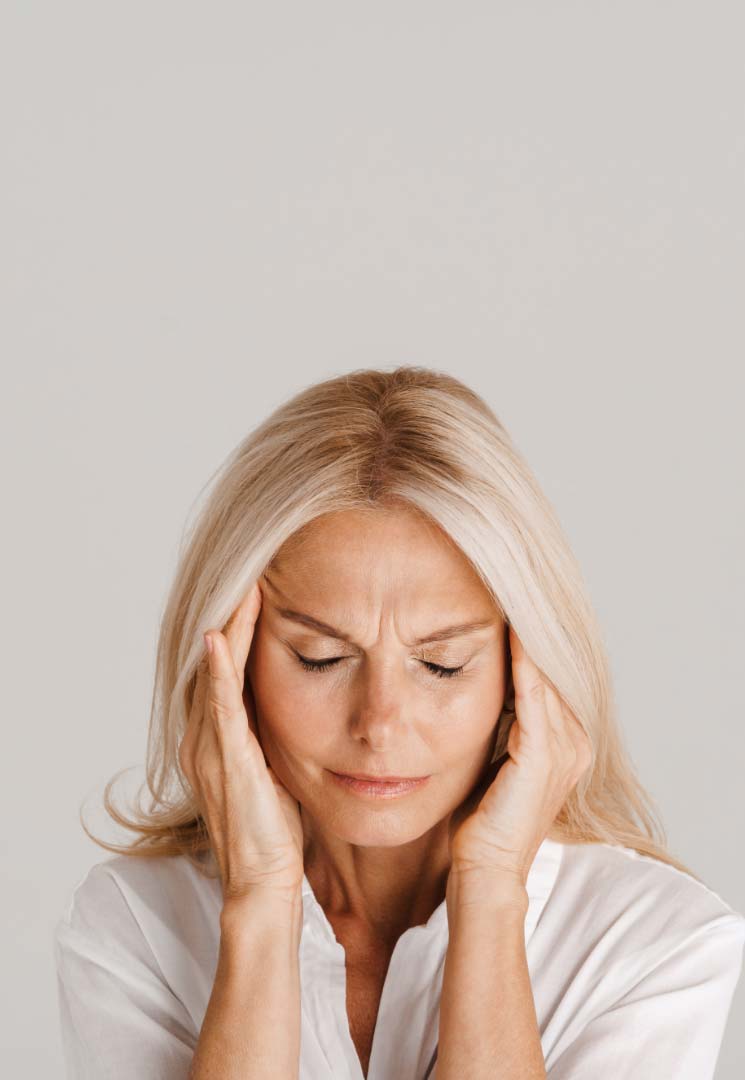Headaches / Migraines
Most of us have experienced at least one headache in our lives, but in some cases, headaches and migraines occur so often that they become a chronic burden in our daily lives. It can be difficult to pinpoint exactly why headaches and migraines occur on your own, so if you’re dealing with them frequently, it’s in your best interest to book an appointment with a medical professional.
Keep reading to learn more about headaches and migraines, their different types, symptoms, and relief options you might want to consider so that you can live a pain-free life.
Headaches vs Migraines
Headaches are painful sensations that affect the head or face. They can feel like pressure, sharp pain, or a dull throb. There are several types of headaches and depending on which type an individual is experiencing, the pain type, pain intensity, frequency, and location may differ.
A migraine is a type of severe headache that causes debilitating pain, nausea, and sensitivity to both light and sound. These headaches can last for hours or even days and at times, the symptoms are so intense that they interrupt a person’s daily life.
Some migraines produce what’s known as an “aura” before they occur. Auras can include tingling on one side of the body, sudden difficulty speaking, or visual disturbances like flashes of light or blind spots.
What Causes Headaches & Migraines?
Several things can trigger or contribute to the development of a headache or migraine. Stress and sleep deprivation are among the most common causes of headaches and migraines, but food and medications can also influence how often a headache or migraine occurs and how severely it affects an individual.
Other causes include alcohol consumption, nicotine use, poor posture, weather changes, physical exertion, hormonal changes, excessive sneezing or coughing, and sensory stimuli (such as bright lights, strong odors, or loud noises).
Headaches and migraines cause pain because the nerves that affect a person’s muscles, brain, and blood vessels become activated and send out pain signals as a result.
Headache Symptoms
If you have a headache, you’ll likely experience the following symptoms:

Slow onset

Pain on both sides of the head (usually)

Dull pain or pressure around the head

Pain reaching the back of the head or neck

Mild to moderate pain levels

Types of Headaches
Aside from migraines, there are several types of headaches an individual may experience. These include the following:

Cluster Headaches

Tension Headaches

New Daily Persistent Headaches

Sinus Headaches

Dehydration Headaches
Migraine Symptoms
Migraines have a series of symptoms that can occur during the different phases of a migraine attack. Warnings of an upcoming migraine can begin days before an attack. These symptoms are called Prodrome symptoms, and they include frequent yawning, mood changes, fluid retention, constipation, and stiffness in the neck.
The aura phase occurs just before the onset of a migraine, and in the aura phase, a person may experience visual disturbances, numbness or tingling in the arms and legs, body weakness, or difficulty speaking.
A migraine attack happens when a migraine is in effect. This phase is when an individual experiences significant pain on one or both sides of the head, a severe throbbing or pulsing sensation, intense sensitivity to light and sound, and nausea or vomiting.
After a migraine has passed, which can take up to three days, the Postdrome phase occurs. During this phase, a person may feel exhausted, confused, or euphoric for up to a day.
Types of Migraines
Like headaches, there are several types of migraines. These include:

Migraines with aura

Migraine with brainstem aura

Migraines without aura

Chronic Migraines

Vestibular Migraines

Hemiplegic Migraines

Menstrual Migraines

Treatment Options
Several approaches exist when it comes to headache and migraine treatment, and depending on the individual and his or her unique condition, one application (or a combination of applications) may be more effective than others.
Some individuals find headache and migraine relief through over-the-counter pain relievers, but some patients find that these medications are relatively ineffective in reducing migraine pain. Prescription medications can be effective in easing the pain brought on by migraines or preventing a migraine from occurring in the future.
Additionally, self-care options can help prevent the onset of a headache or migraine. These options include stress management practices, diet modification, avoiding known triggers, and a reliable sleep schedule.
There are also several natural therapy options that individuals who suffer from headaches and migraines can pursue for relief. These options include:

Biofeedback Therapy

Acupuncture

Progressive Muscle Relaxation

Chiropractic Adjustments

Massage Therapy
In some cases, headaches and migraines are caused by an underlying health condition that needs to be addressed. When an underlying condition is diagnosed, medical professionals will attempt to provide treatment in order to stop headaches and migraines at their source.
Testimonials
Migraines Subsided with Acupuncture Treatment
“That couple of hours [after treatment] was probably the first time in well over a year that I’d actually been headache-free for any length of time.”
Neck, Shoulder & Back Pain Subsided With Acupuncture
“When I started, it was getting hard to even function. Now, I’m doing great!”
Acupuncture Treatment for Shingles, Back Pain & Knee Pain
“It’s the best I’ve felt in 43 years!”
Your New Life Starts Now
Book your Discovery Consultation!
Book your appointment - call us at (920) 997-0511
